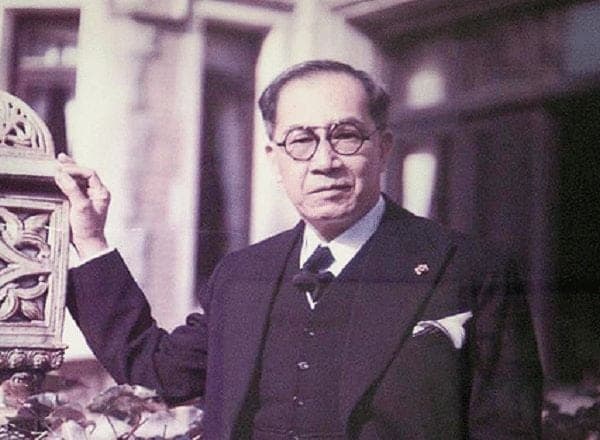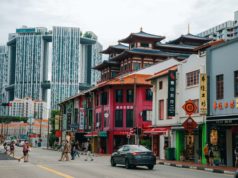ON OCTOBER 14, 1943, the Japanese-sponsored Philippine Republic was inaugurated and Jose P. Laurel Sr. was sworn-in as President. Jose Yulo, as Chief Justice of the Supreme Court, administered the oath to Laurel. Generals Emilio Aguinaldo and Artemio Ricarte hoisted the flag, publicly displayed for the first time since April 1942 when the Japanese had prohibited its flying. Bishop Guerrero pronounced an Invocation. Laurel delivered an “Inaugural Address” followed by 21-gun salute and about 5 minutes of church-bell ringing.
Following the inauguration, in afternoon of this day, the Japan-Philippine Pact of Alliance, providing for political, economic as well as military cooperation between Japan and the Philippines, was signed by the Laurel administration.
Laurel, held office until the surrender of Japan to the United States in 1945.
Earlier, following the Japanese attack on Pearl Harbor in Hawaii in December 1941, Laurel was instructed to remain in Manila by Philippine Commonwealth President Manuel L. Quezon, who fled to Corregidor and then to the United States to establish a government-in-exile.
Laurel’s prewar close relationship with Japanese officials (a son had been sent to study at the Imperial Military Academy in Tokyo, and Laurel himself had received an honorary doctorate from Tokyo University), placed him in a good position to interact with the Japanese occupation forces.
Laurel had no choice but to accept the challenge of heading an unpopular government just to soften the impact of the Japanese occupation. Life under the enemy occupation was the most trying and dangerous for the Filipino people who had five mortal enemies -– the Japanese military, diseases, the guerrillas, hunger, and the Japanese-paid Filipino spies.
The Japanese occupation was opposed by large-scale underground and guerrilla activity which was considered a back-up unit of the United States Army. Filipinos suffered greatly from Japanese brutality, including loss of lives and monstrous physical destruction by the time the war was over. An estimated one million Filipinos had been killed, and Manila was extensively damaged.
The Filipinos continued fighting until Japan signed the terms of surrender to the United States on September 2, 1945 on board the battleship Missouri at Tokyo Bay.
The Japanese had suffered over 425,000 dead in the Philippines.





